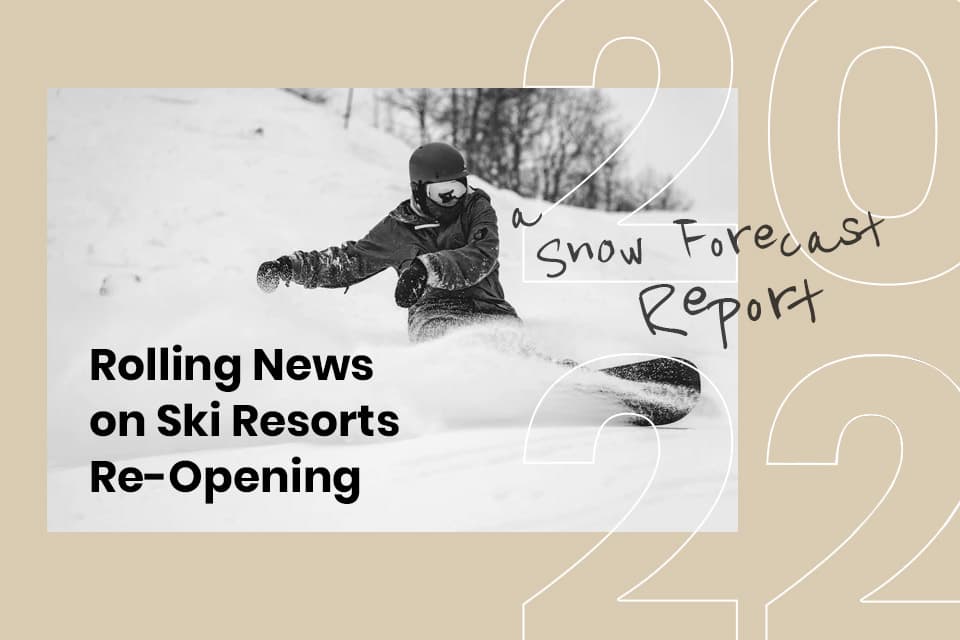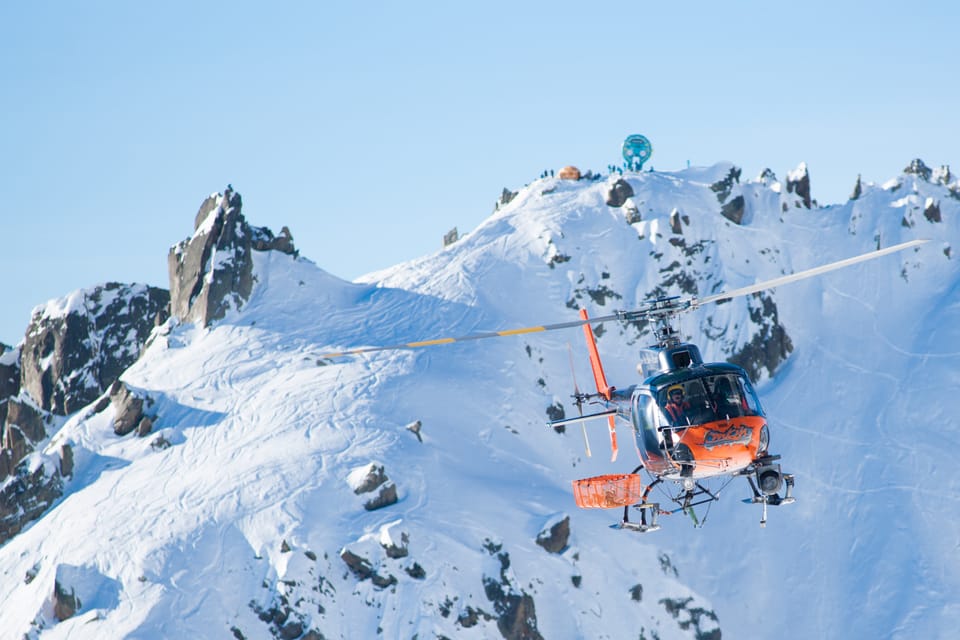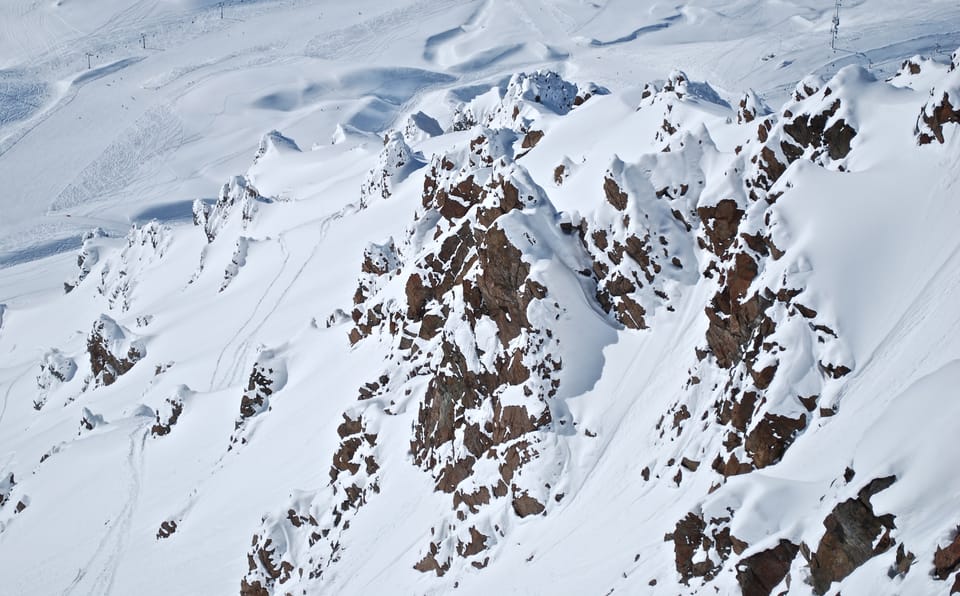A Guide to the Perfect Skiing Stance in All Conditions with Maison Sport

When it comes to skiing, posture is everything! Your body stance determines where your weight is distributed, which is key to improving your skiing technique. Maison Sport ski instructor, Jojo, working in Courchevel and Meribel, shares her top tips for intermediate to advanced skiers to perfect their posture in varying terrain.
If you want to feel more stable on your skis in all conditions, read on to discover the secrets to achieving the perfect skiing stance!
Overall Body Position
Your general skiing stance should have even flexion in the knee, hip and ankle. A nice, even flexion throughout these three joints will ensure your weight is distributed correctly. Bending too much or not enough at your hips or knees will throw your weight off balance. Though skiing involves a lot of strength and stability in the lower body, it’s important not to forget about your upper body. When skiing, your core should be strong and engaged and your hands should be out in front of your body, slightly wider apart than shoulder-width for optimal balance. It’s also really important to keep your head looking forward towards where you are going rather than down at your skis.
It may take some focus to achieve the perfect skiing stance at first, but with some practise you’ll feel it click and it will become natural! Once you’ve mastered the general skiing posture, you’ll be able to adapt this to ski in varied conditions and terrain.
Carving Stance
As you increase your speed, carving allows you to have more grip and greater control of your skiing. Carving is all about increasing your edge angle. To achieve this you need to widen your stance so that you can allow for more flexion in the ankle, knee and hip. This will give you extra stability. When carving, your core should be engaged and your arms should be forward in a strong attacking position down the slope.
Moguls Stance
When skiing on bumpy terrain, you need to narrow your stance so that your skis remain in a flatter position. Your body should be on top of your skis with your arms in front and your core engaged. Your legs need to be strong but supple so that they can easily absorb the impact of the moguls as you ski over them. Mogul skiing can be tough on the knees, so it’s important to be able to mitigate some of the impact by being agile and allowing for that bend and flex.
Powder Stance
When skiing in powder, your stance should be slightly narrower so that your skis can act as one and bounce through the snow more efficiently. It is often assumed that when skiing in powder your weight should be backwards, however, this isn’t correct when skiing in light, soft powder. When the powder is light and fluffy, look to maintain that general skiing stance with even flexion and a strong upper body. The arms should be forwards to keep carrying the momentum down the hill. However, if the powder is heavier and wetter, then you may need to shift your body weight back a little in order to maintain balance and prevent your tips from getting stuck under the heavy snow.
Ice Stance
When skiing in icy conditions it’s important to maintain a strong general skiing stance. You may want to be slightly more upright and in less of an attacking position to control your speed. The best way to tackle icy patches is to aim to glide over them on relatively flat skis. Try not to put too much edge on, because unless your skis are razor sharp, they won’t be able to grip on the ice. Slide and glide over the ice and look ahead for a safe place to turn. Stay nice and relaxed and on top of your skis and maintain an even width stance to increase your control.
Watch Jojo demonstrate these top tips in the video below and find more skiing tips over on Maison Sport’s YouTube Channel!
Now that you’ve got all the tools to unlock the secret to the perfect ski stance in varying conditions, you’ll be able to ski the whole mountain with confidence!
Book lessons with expert instructors across more than 430 European ski resorts on Maison Sport today!




